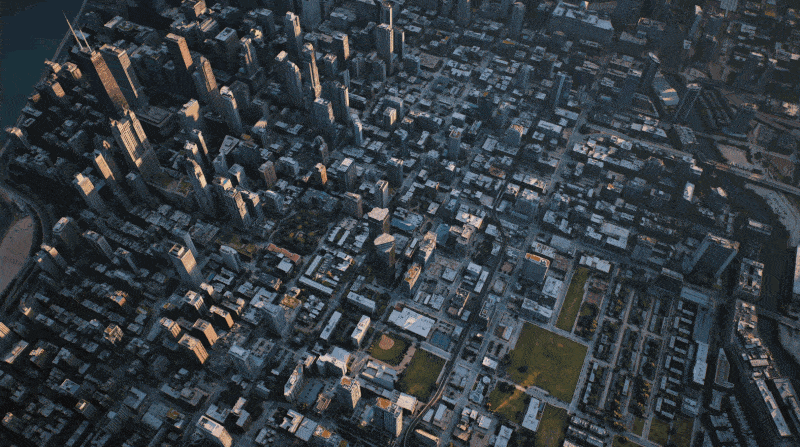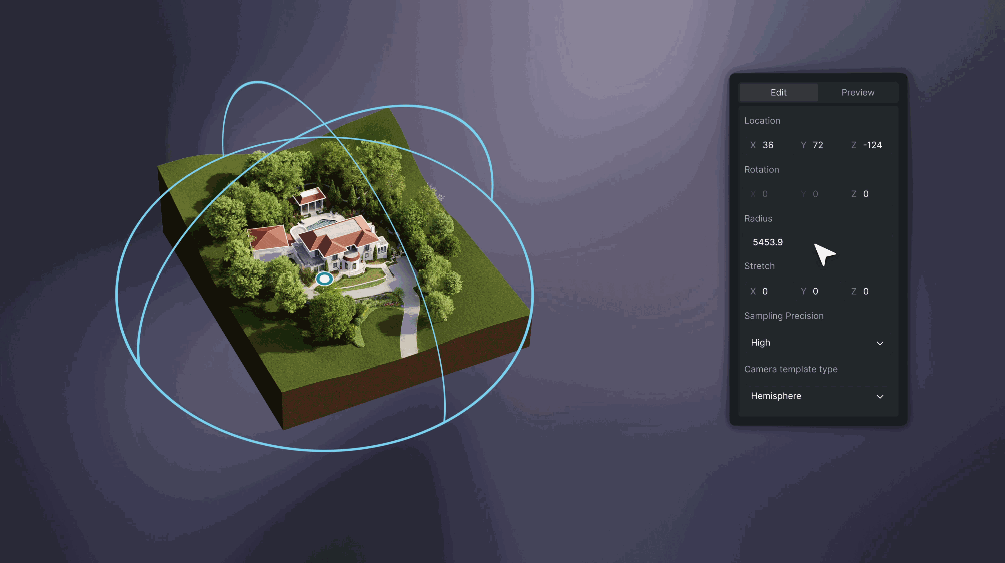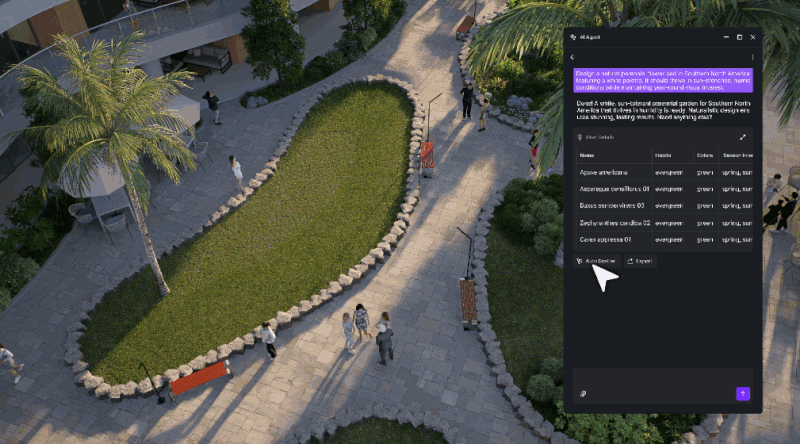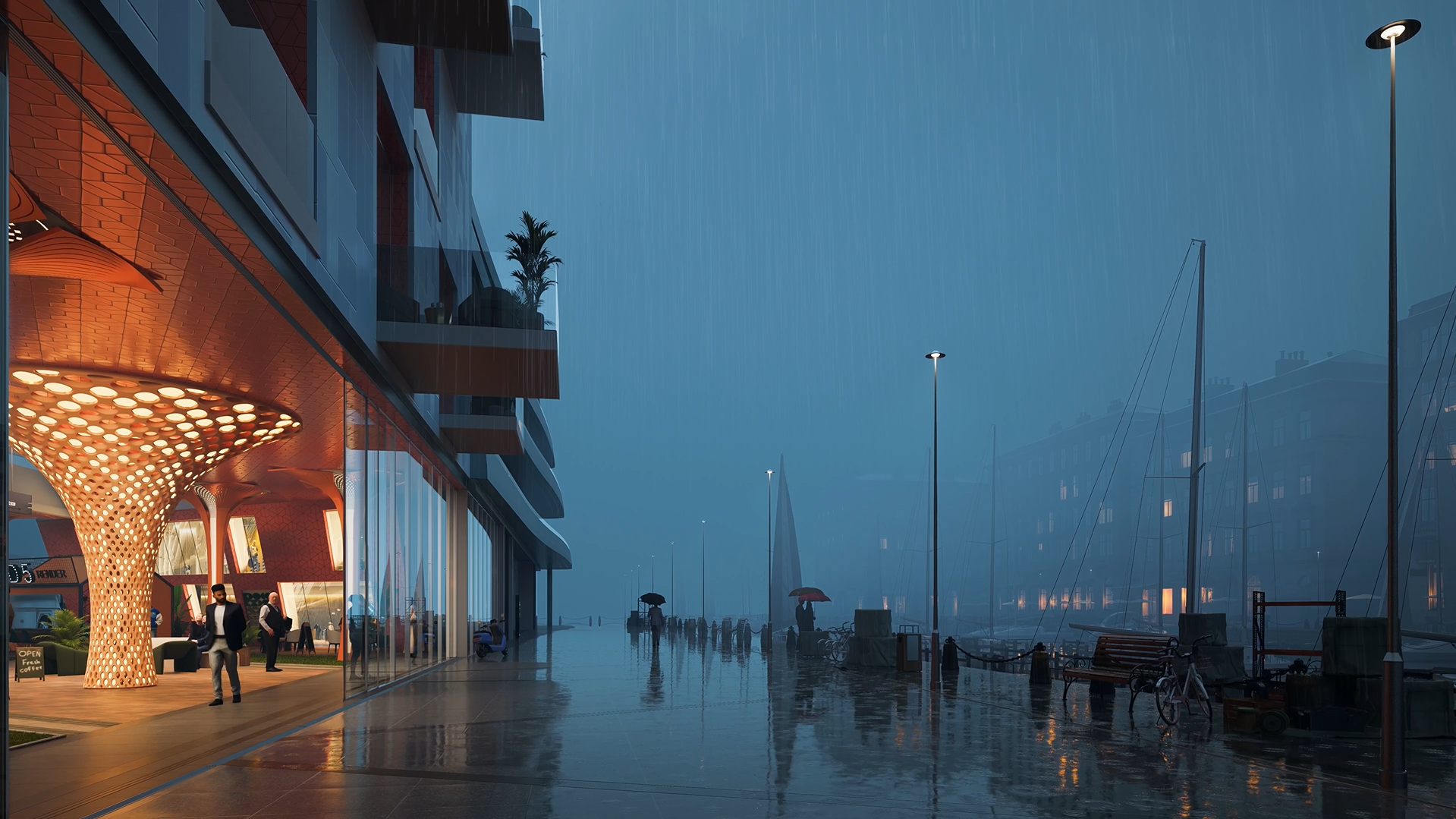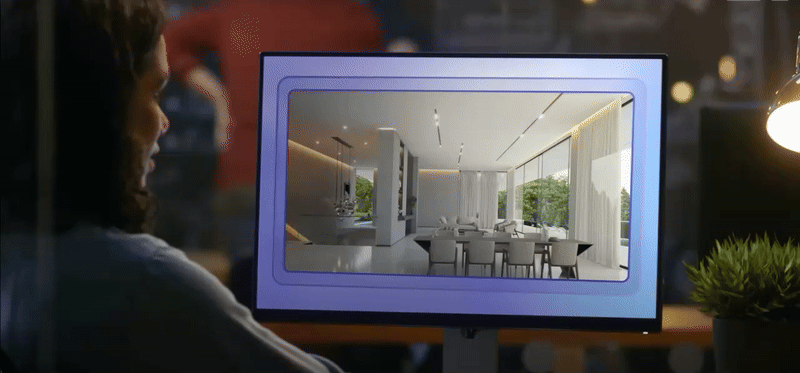Architectural rendering is inextricably linked to architectural photography. Architects need to tell stories about architecture through the camera so that viewers can immersively interact with the building through imaginative. If you only display the building, without adding a human touch, the design will look cold and empty.
So, how to express your design in a warm and attractive way?
We get you some most commonly used tips for setting the camera in the rendering. It is important to note that the following tips are interrelated and can be used together to better express the language of the camera.
Here we use D5 Render, a free rendering tool, as an example.

1. Perspectives and Camera Heights
- The eye-level camera view: It is the most common sight used in architectural rendering, which corresponds to a camera height of 1.5m-1.8m in a rendering tool like D5 Render. This height simulates the effect of an architecture as seen by the human eye, which helps the realism of the rendering. At the same time, because this camera view displays a limited area, it helps architects save a lot of work in the process of architectural visualization as well.
- The aerial view: It refers to the view of a building taken from the air. The corresponding camera height depends on the volume of the building you need to show. Generally speaking, the higher the camera, the more surroundings will appear in the sight.



2. Field of View (FOV) and Focal Length
FOV decides how much of the scene we're seeing.
Focal length refers to the distance between the center of a lens or curved mirror and its focus.
They are both interrelated, and closely relevant to lens in the real world.FOV is directly determined by the Focal Length. The larger the Focal Length, the farther you can see, but the smaller the FOV.
Think about the telephoto lens and the wide-angle lens. The former has a long focal length and a small field of view, while the later is opposite. So, when you change one of the parameter, don't forget the other one.
Here's a table that can help you understand the relationship between the FOV and the focal length.

Take this scene created with D5 Render for example.

.png)
👉 Download this scene for free

Conclusion: Master Your Camera Settings
So there you have it! By playing with the camera height and nailing the FOV, you can completely change the story your archviz renders tell. These camera setting tips are your secret weapon for making your designs feel real, warm, and lived-in. Remember, it's all about creating an immersive experience.
Now, fire up your D5 Render and start experimenting—your most compelling render is just a few clicks away🎇


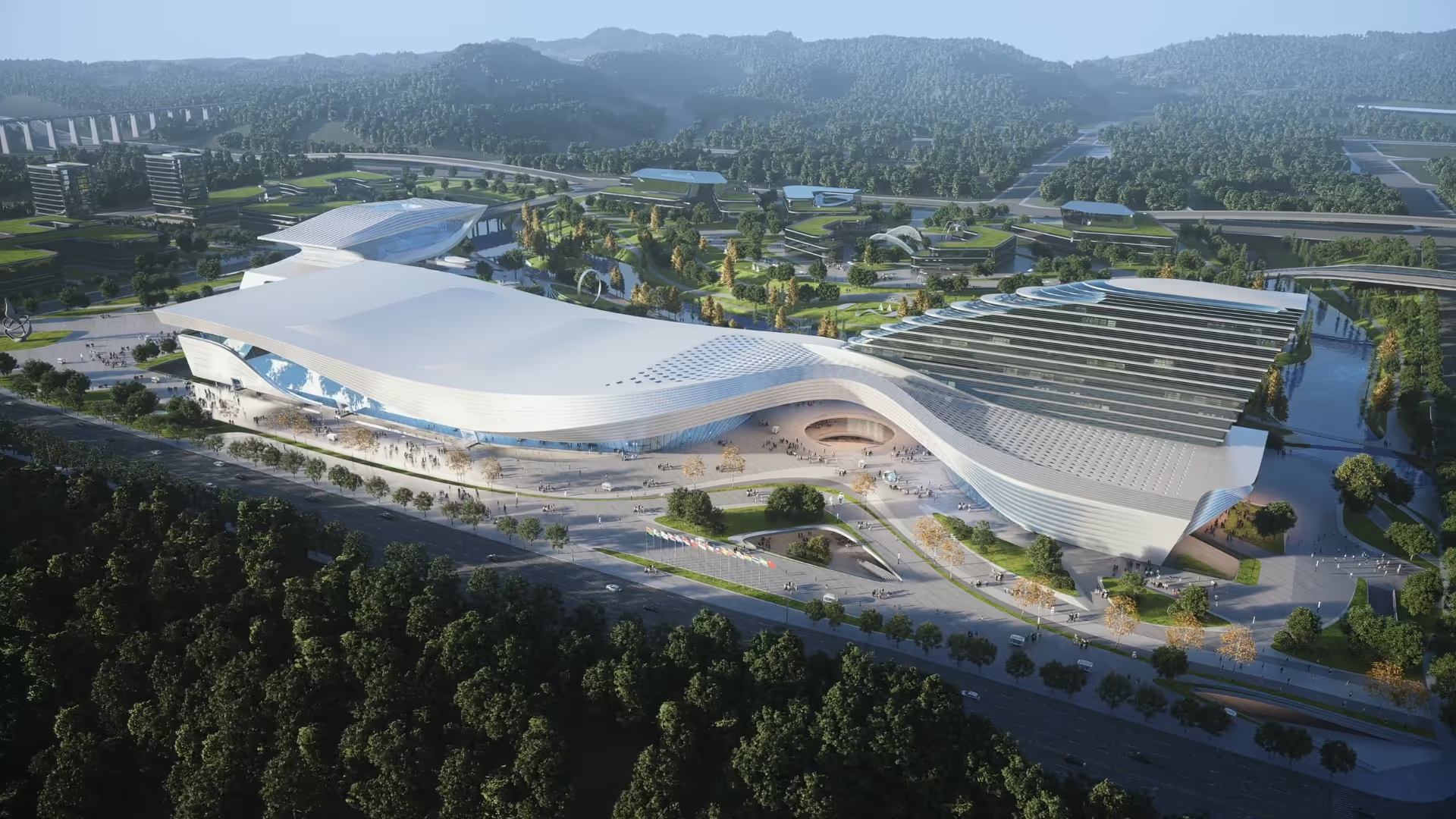



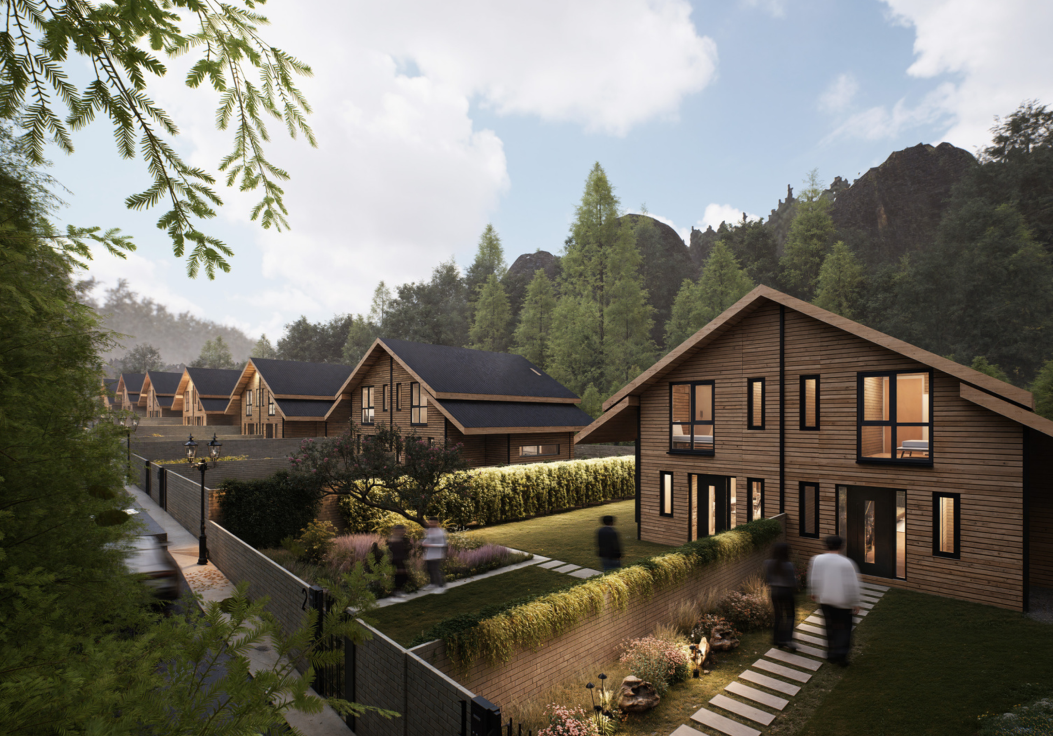
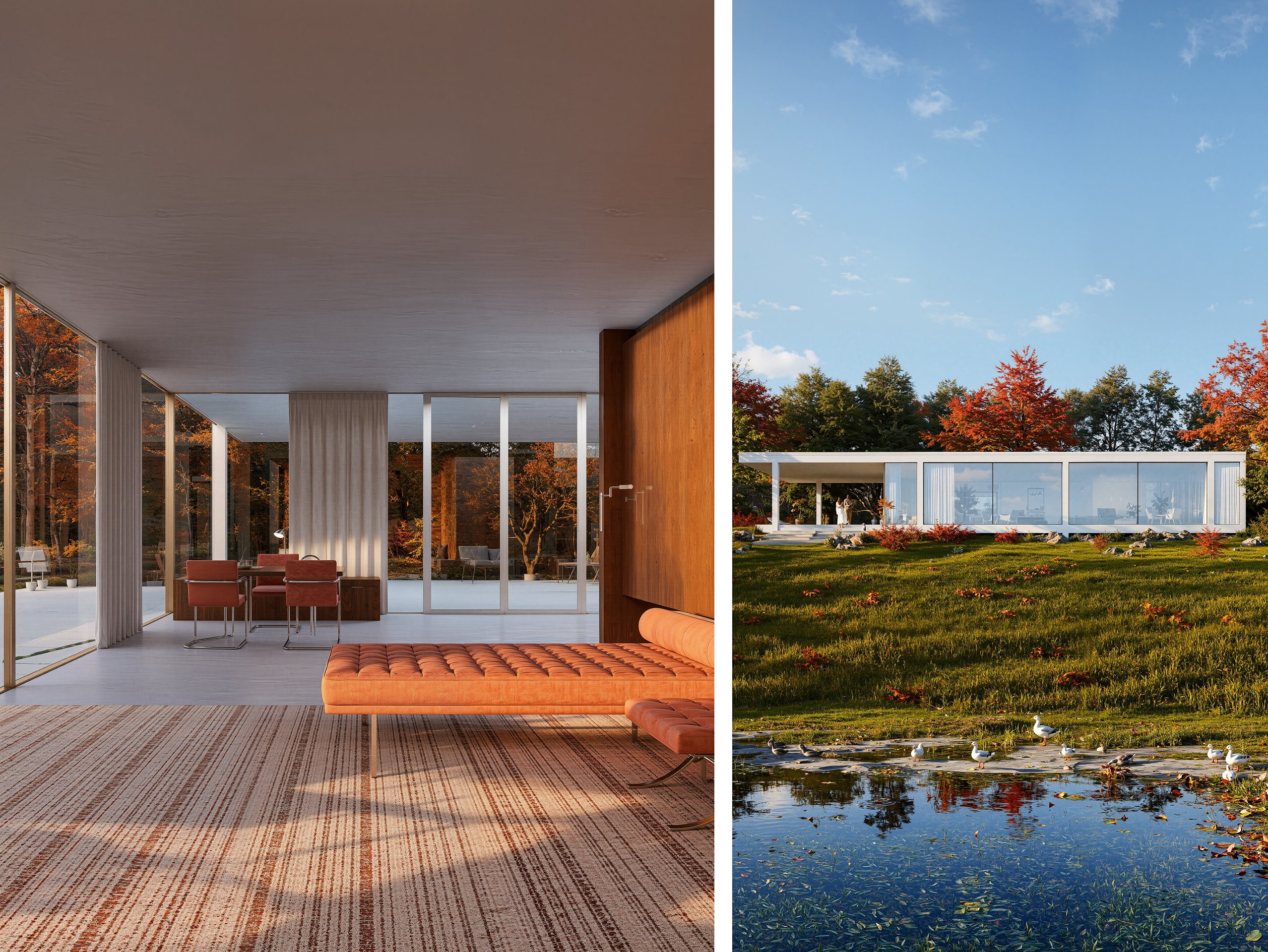

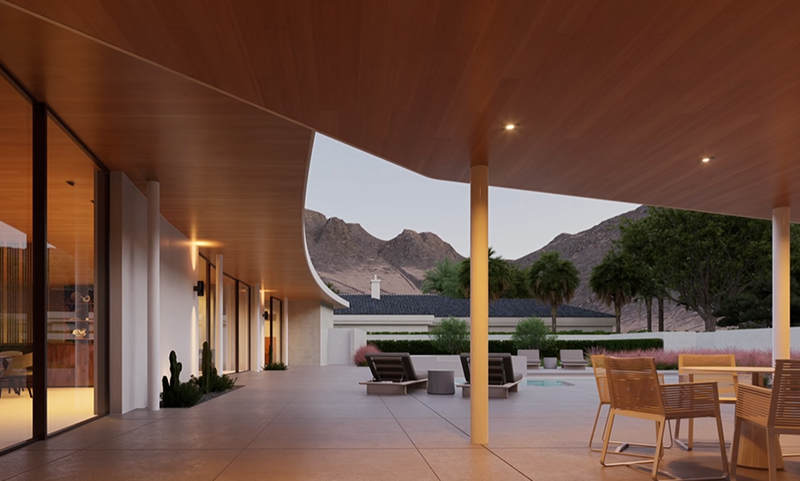
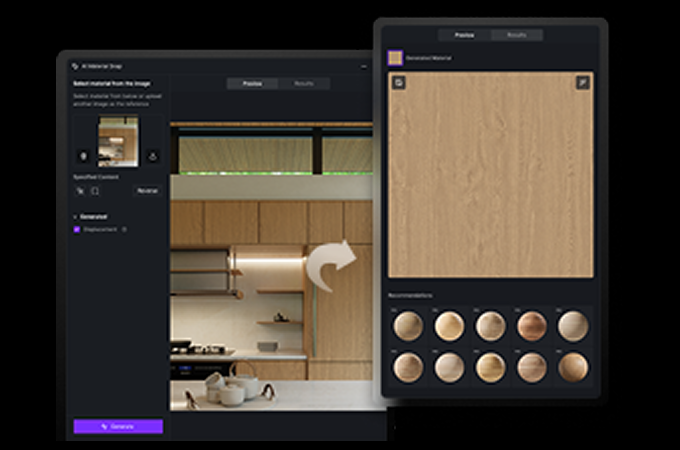
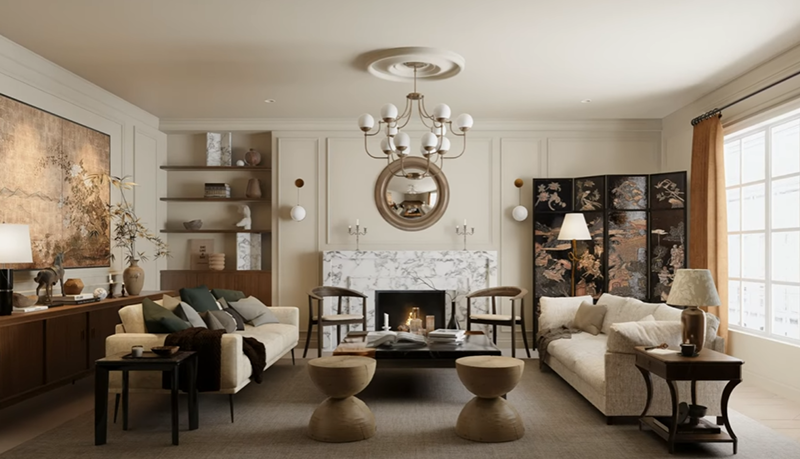
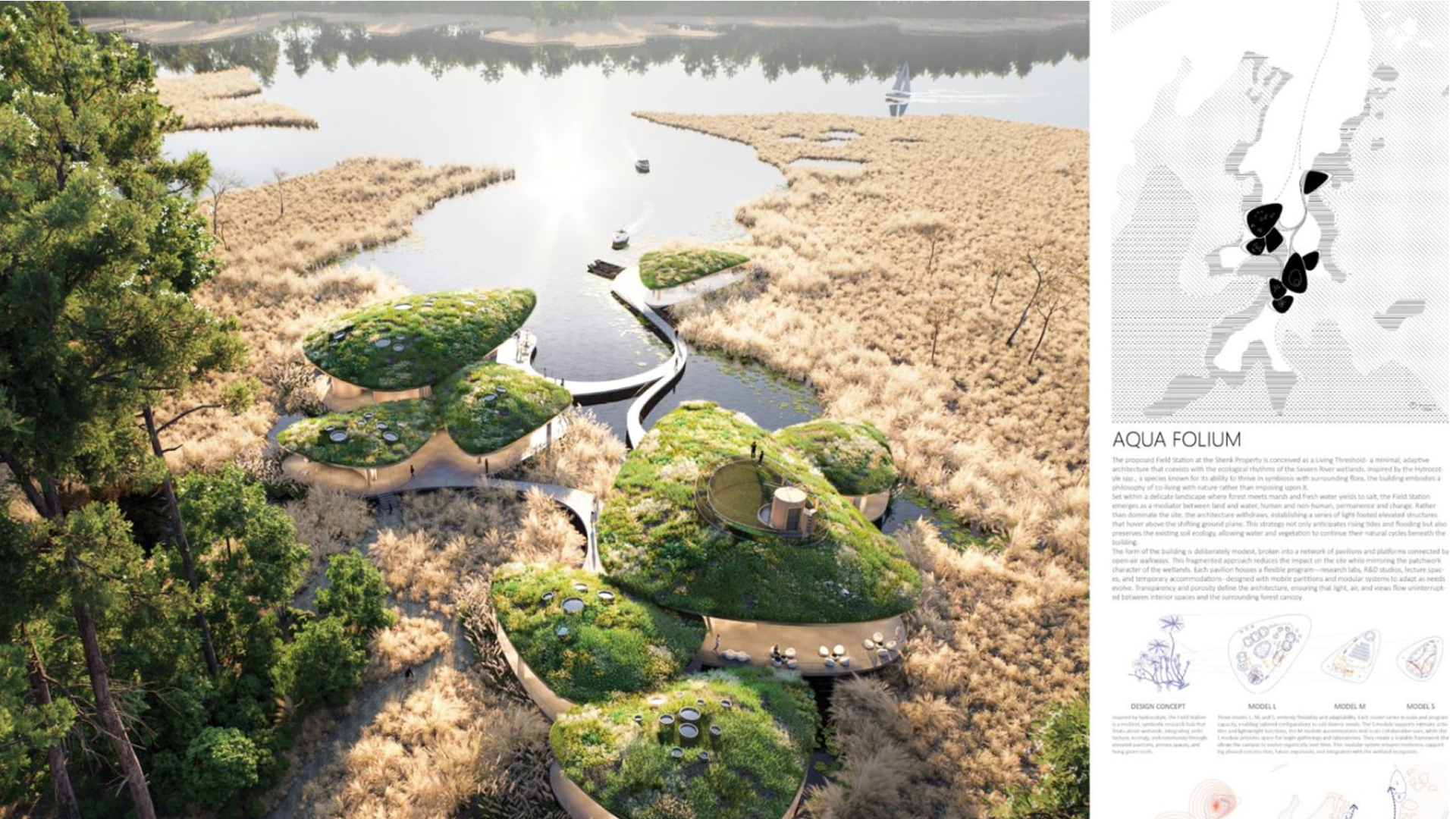
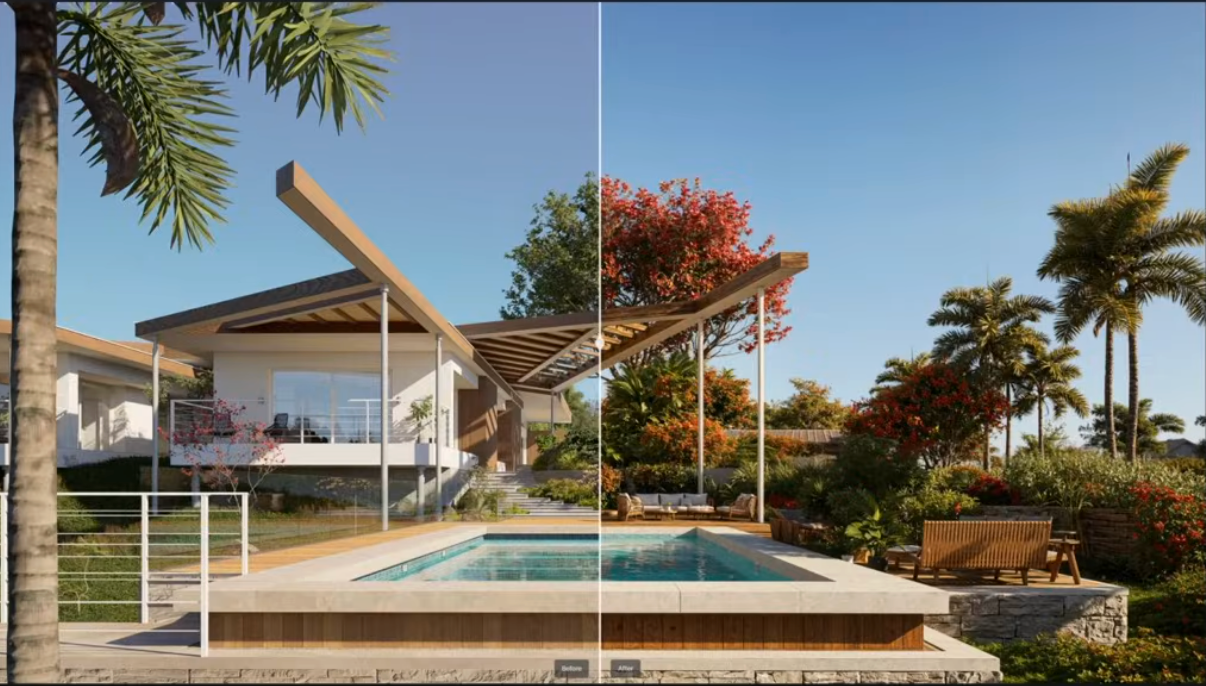


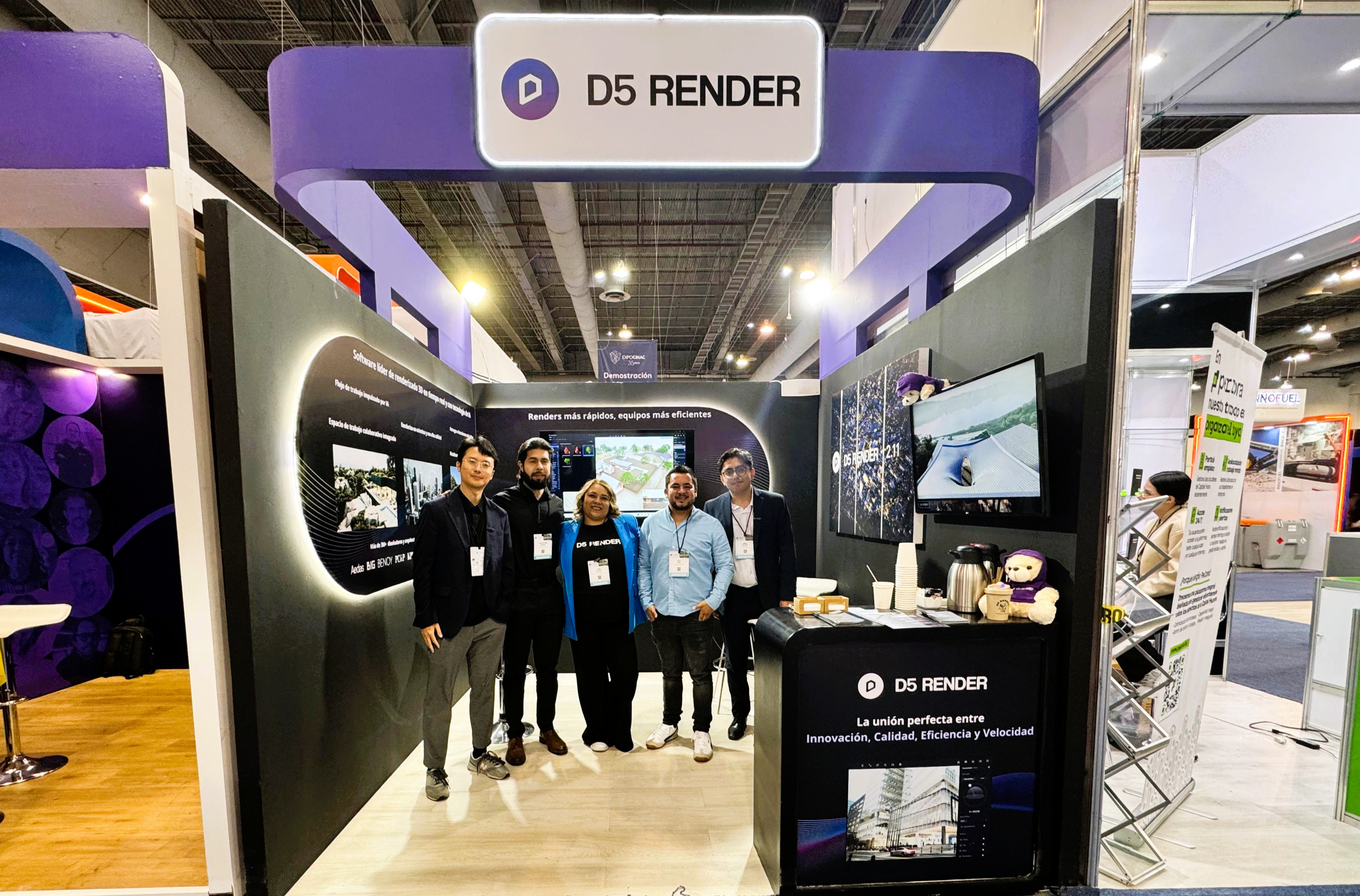

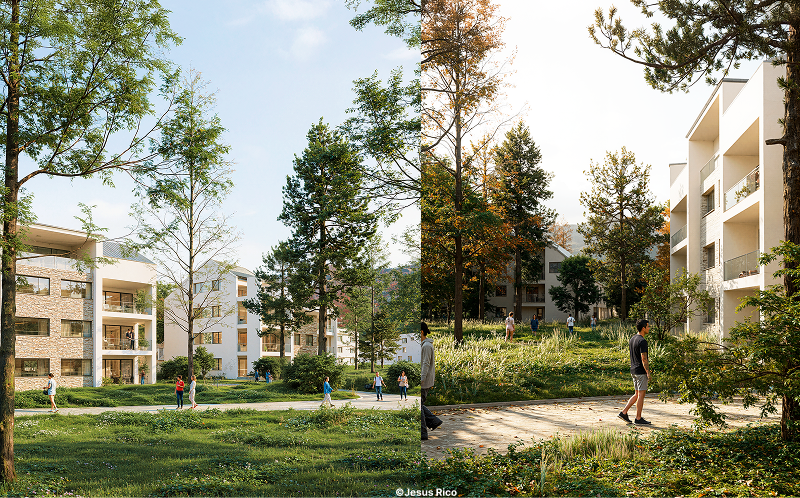
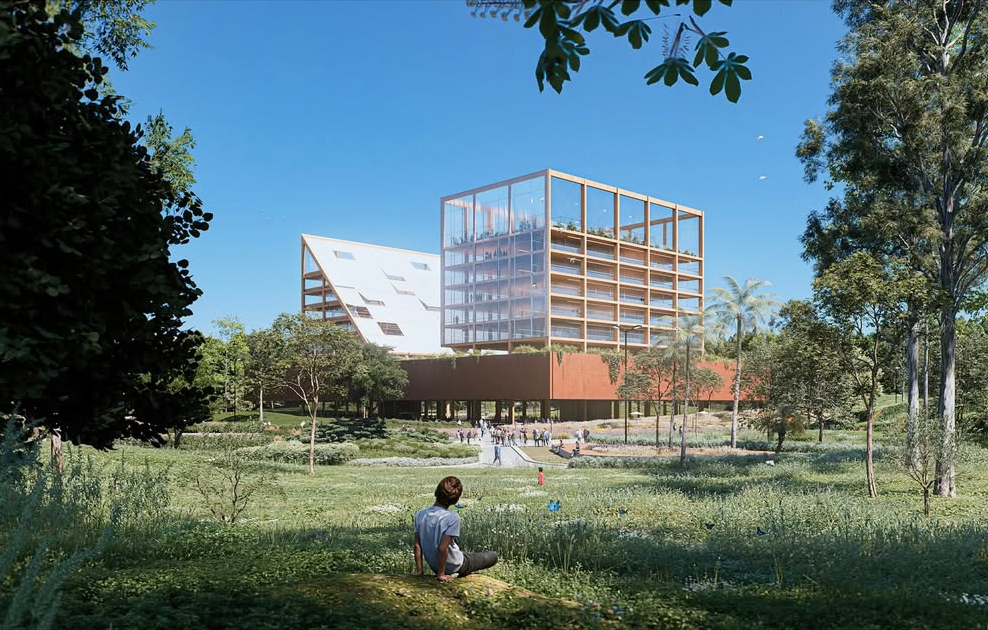

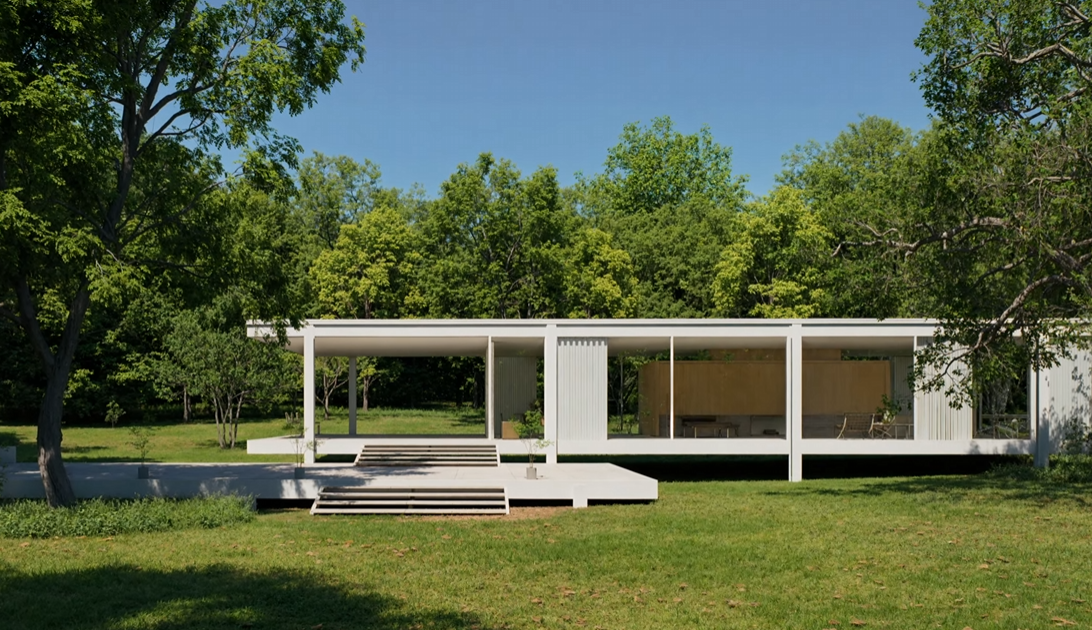

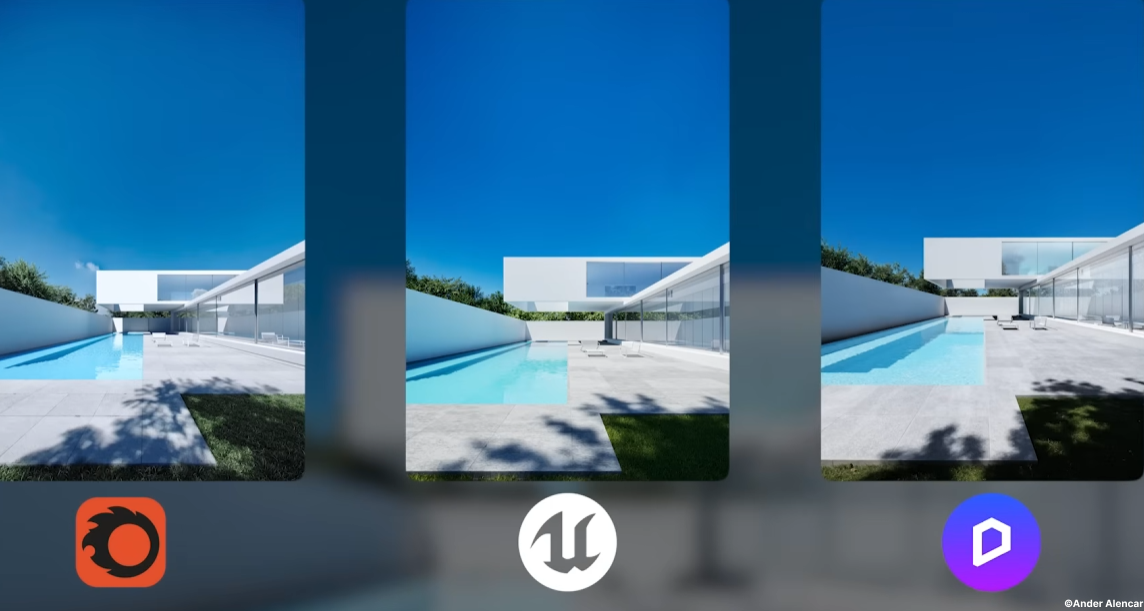
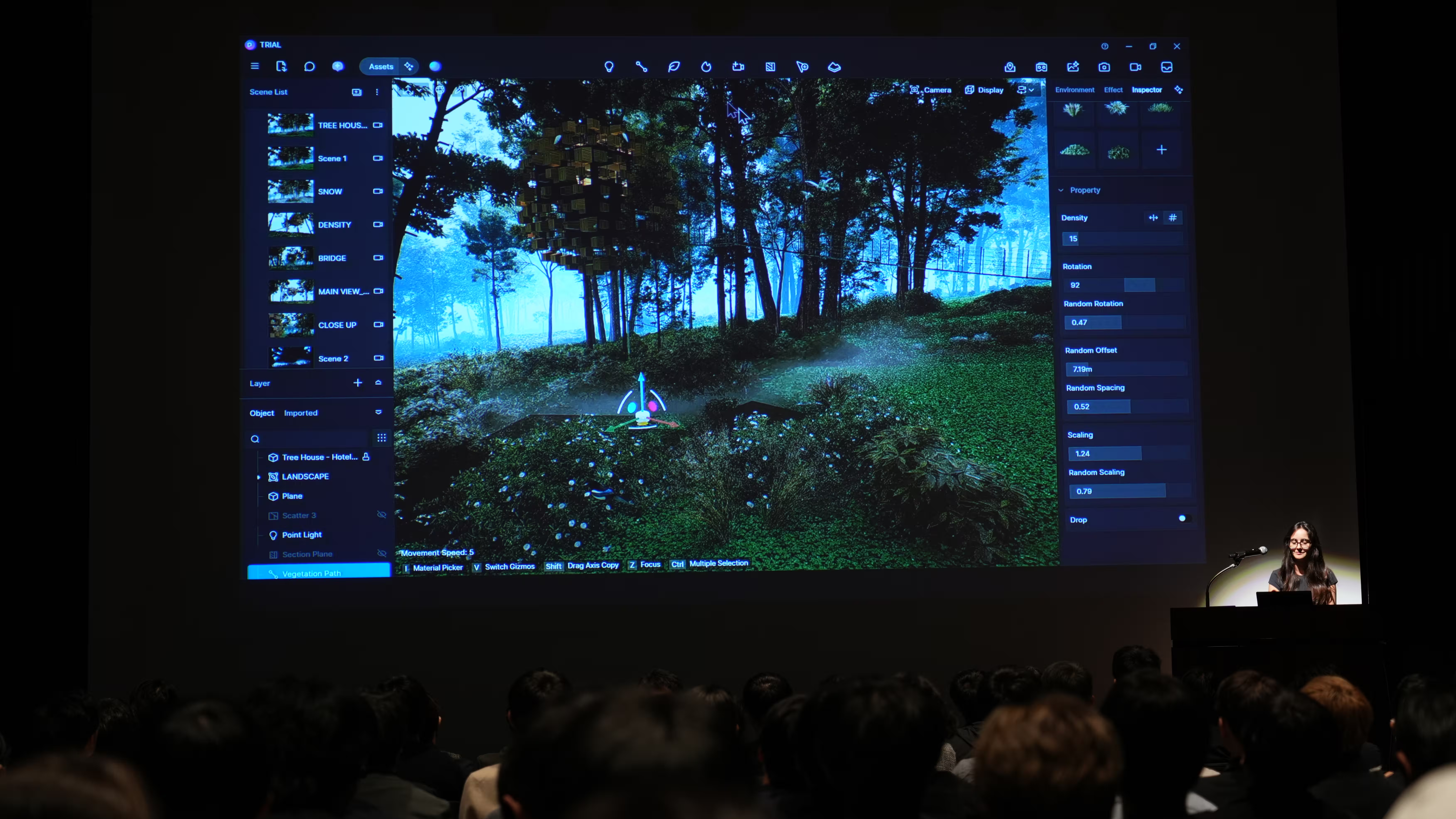
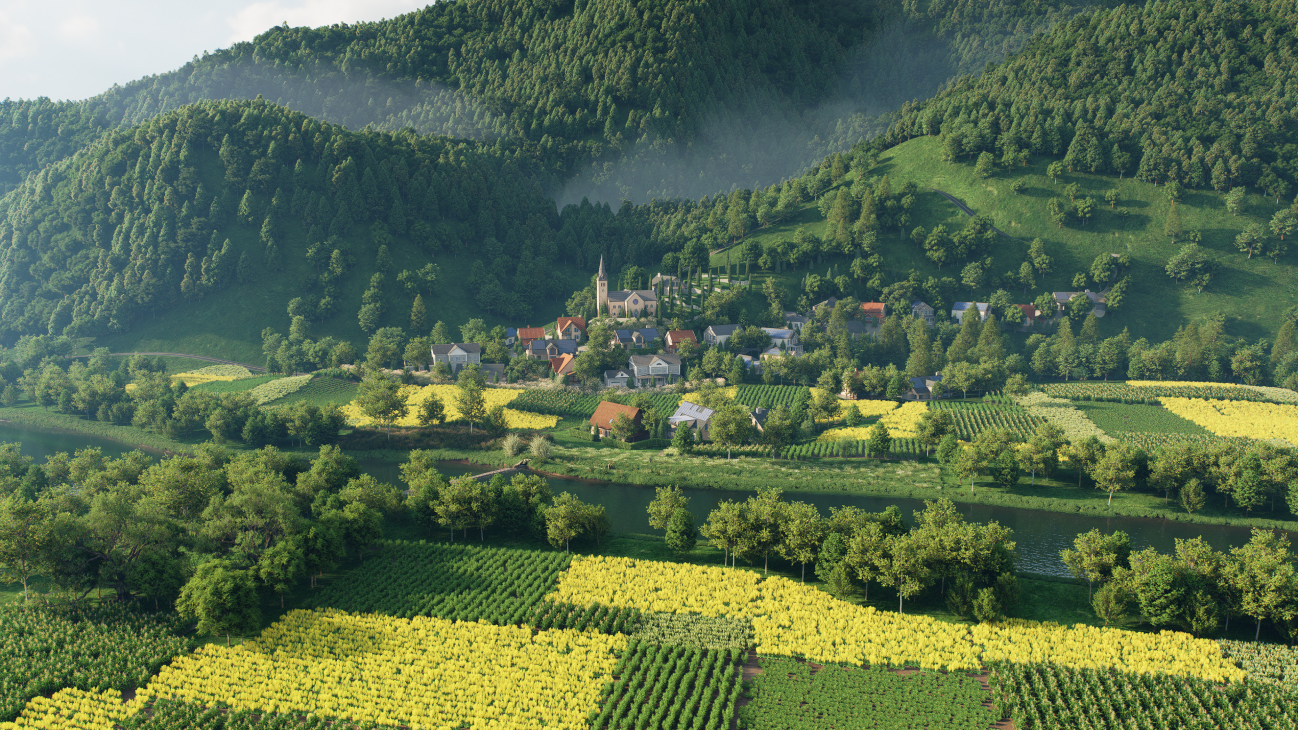
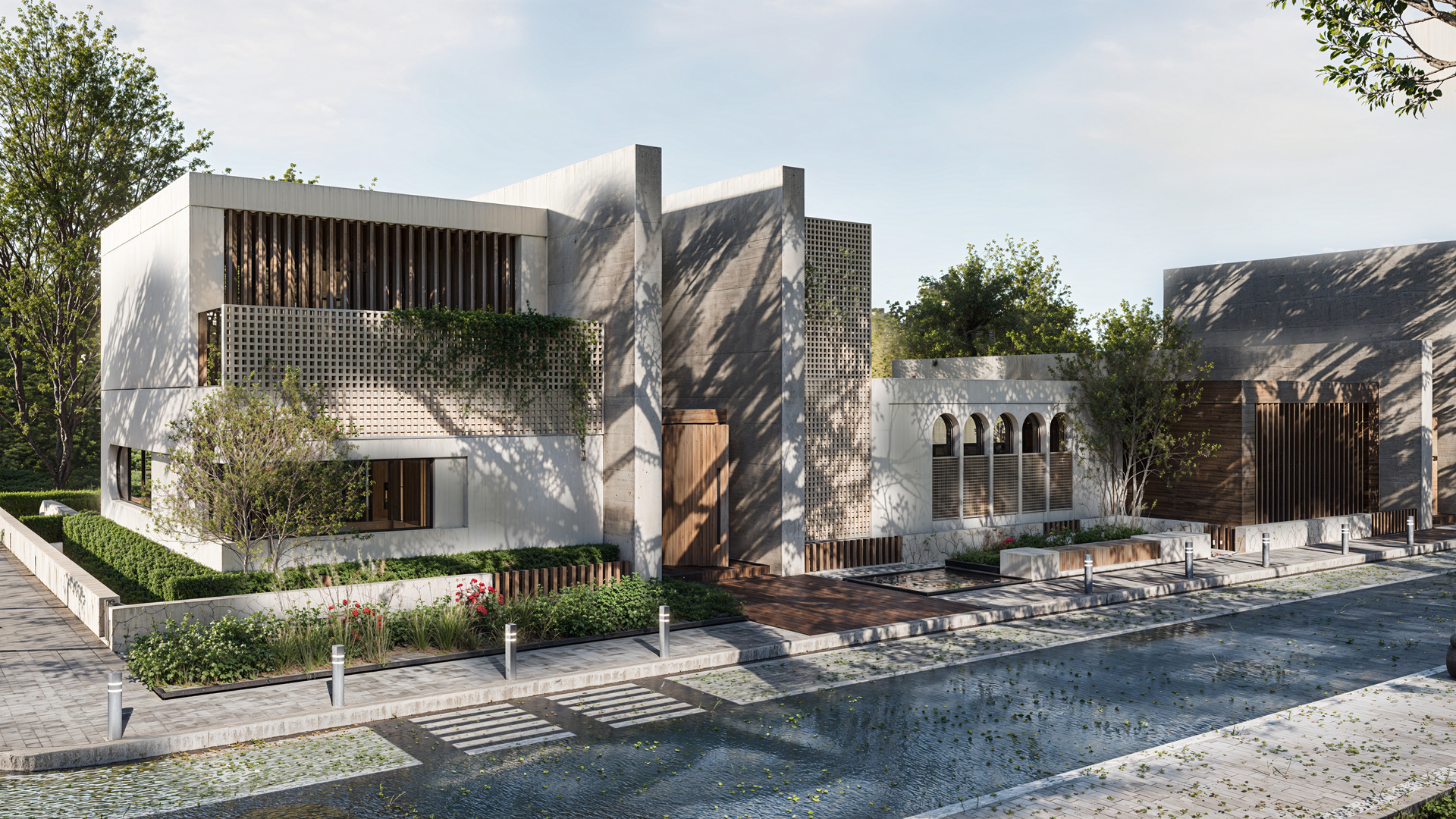

%20(1).png)
.png)

.png)

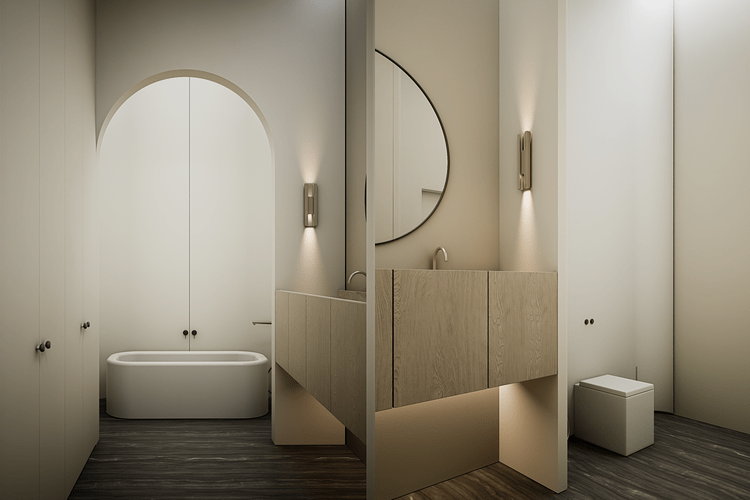
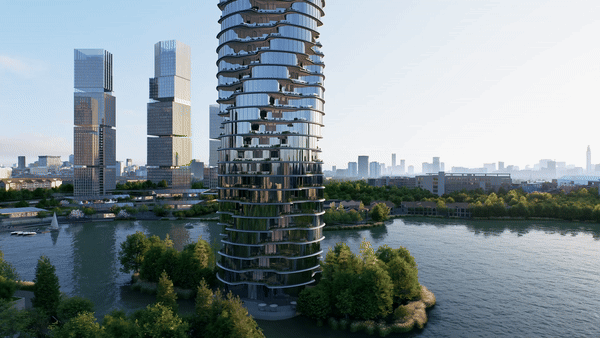

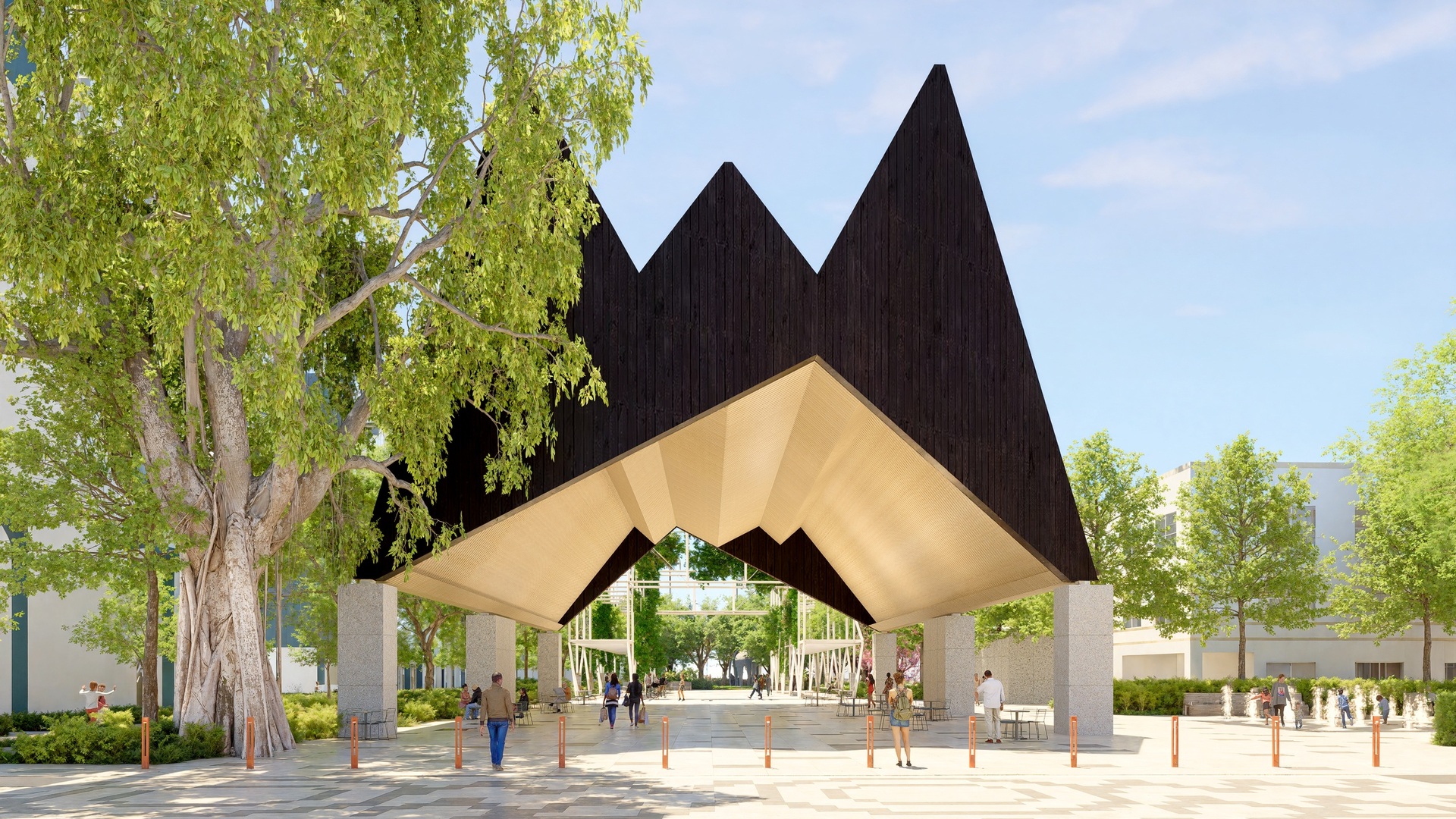

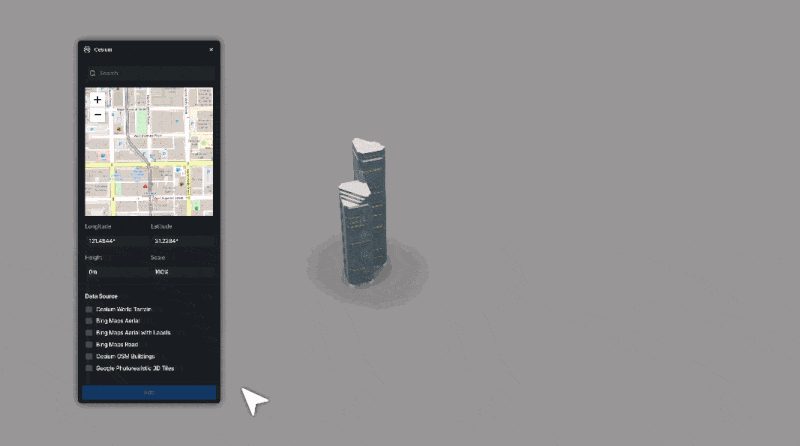


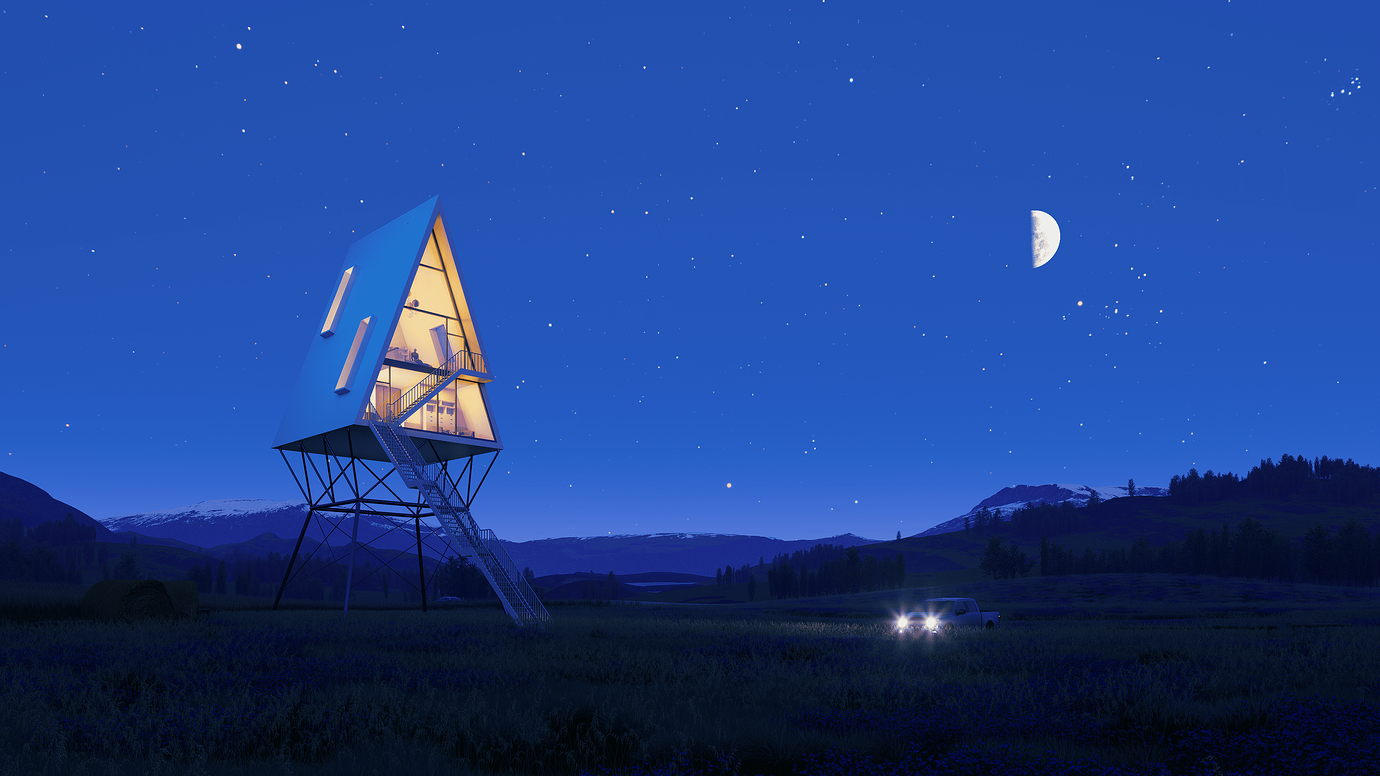

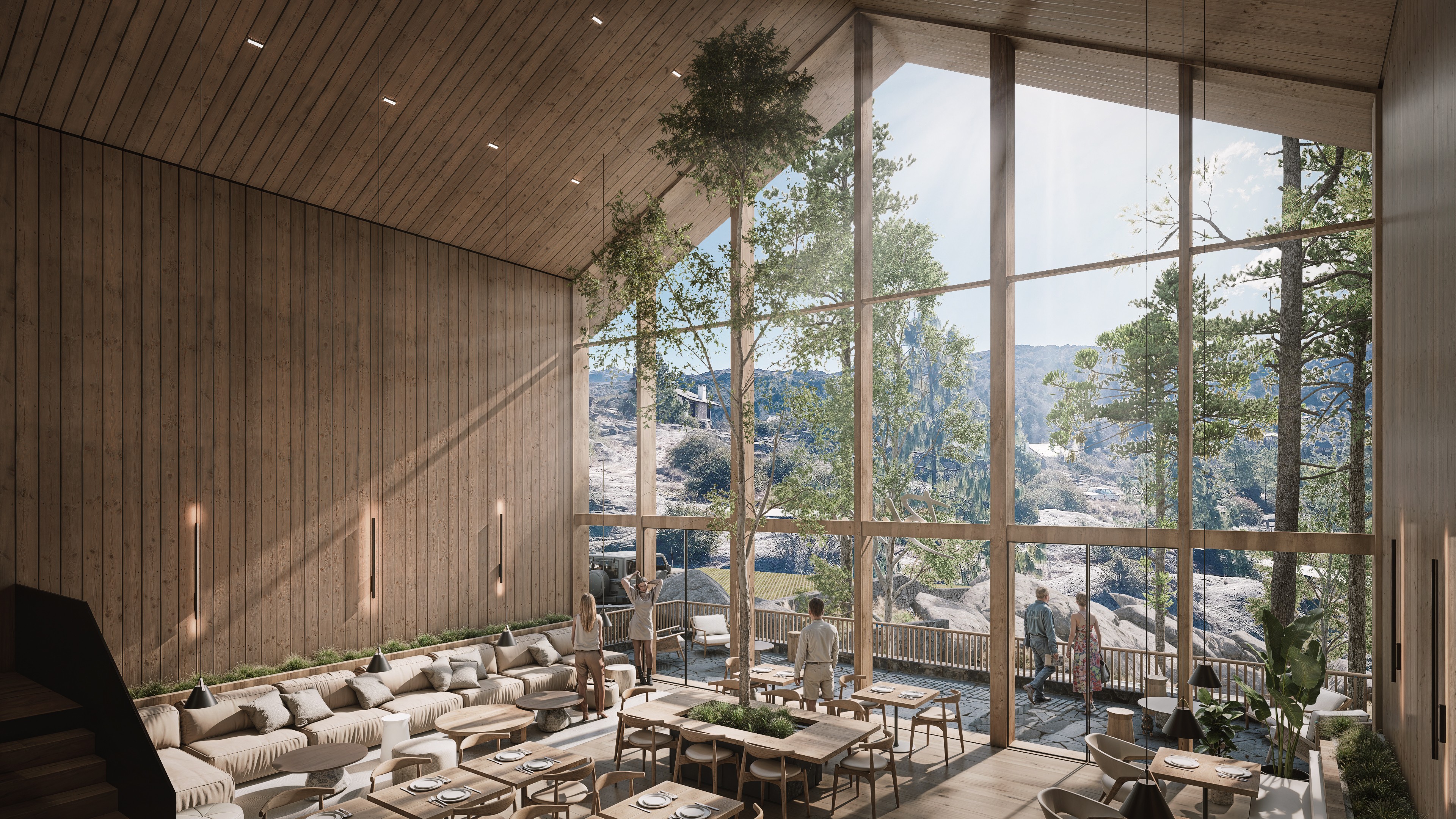
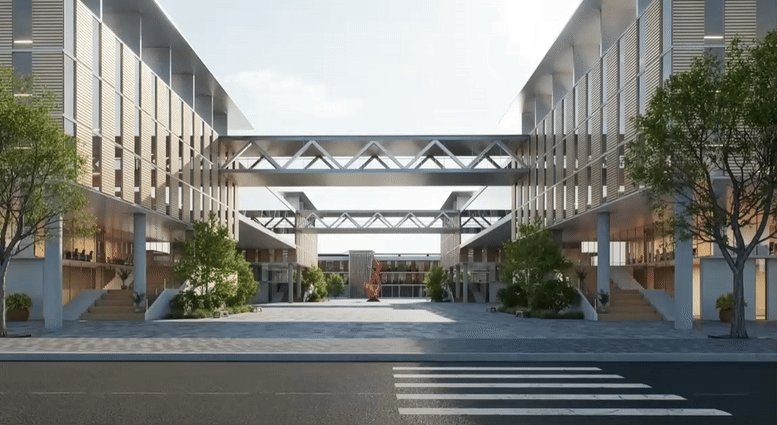
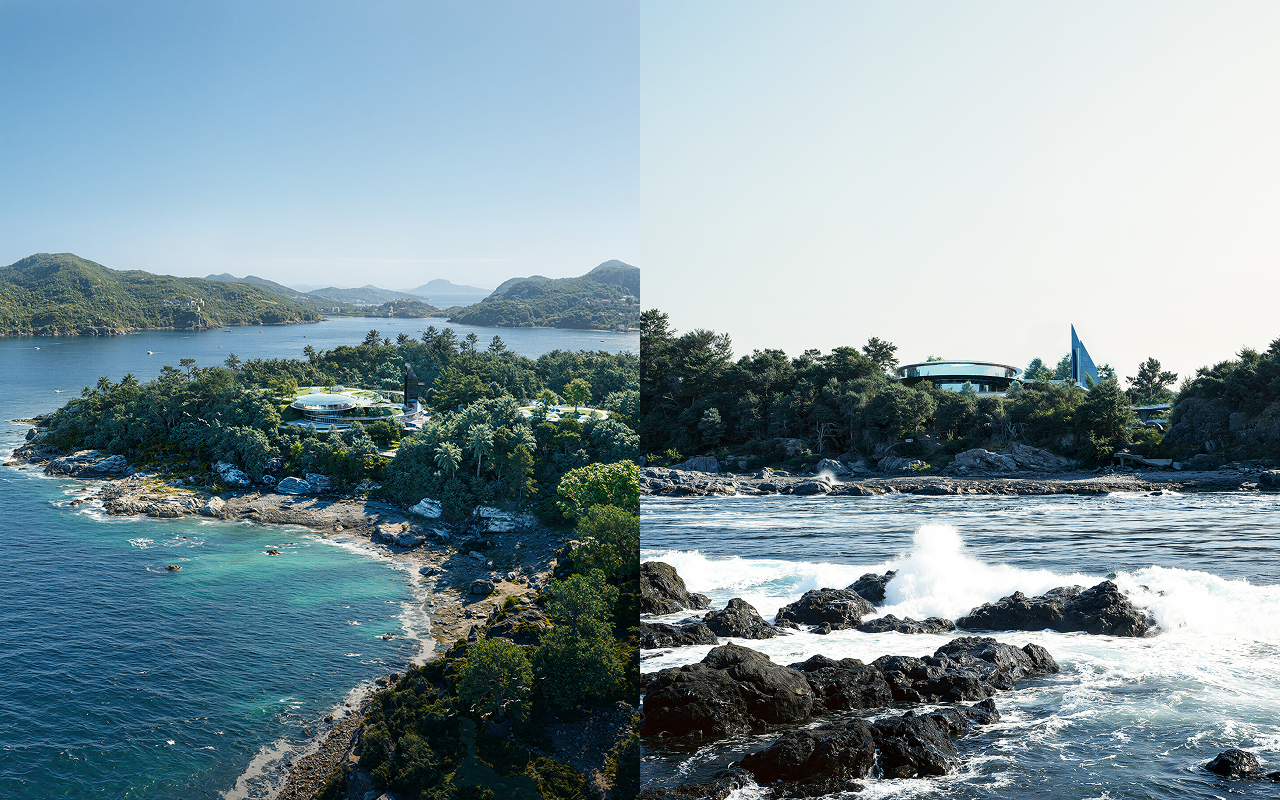
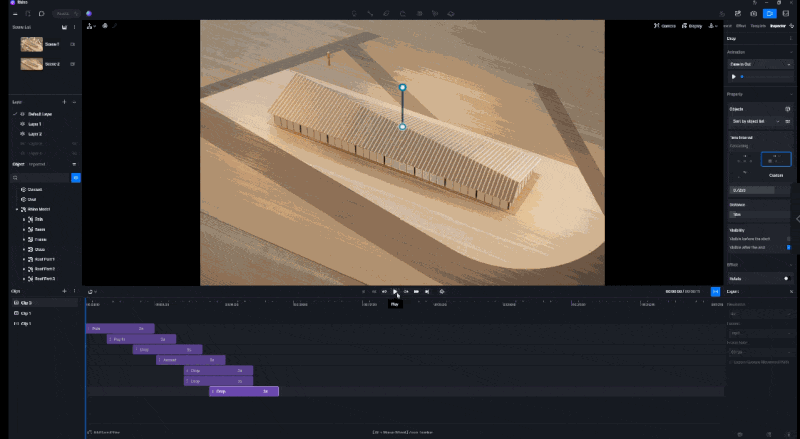




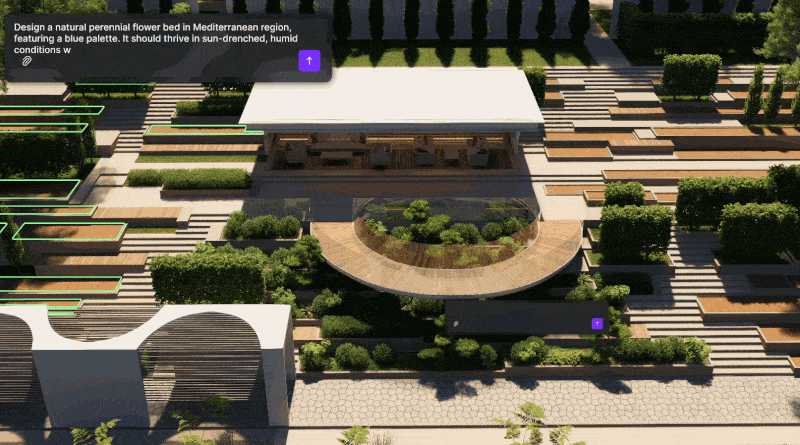
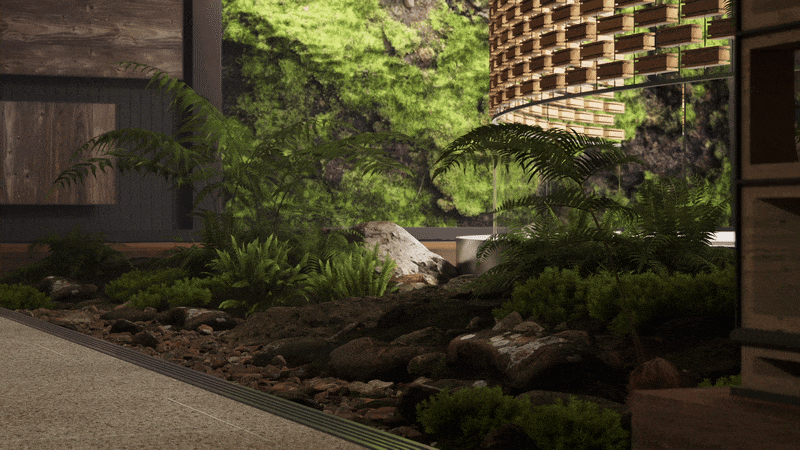


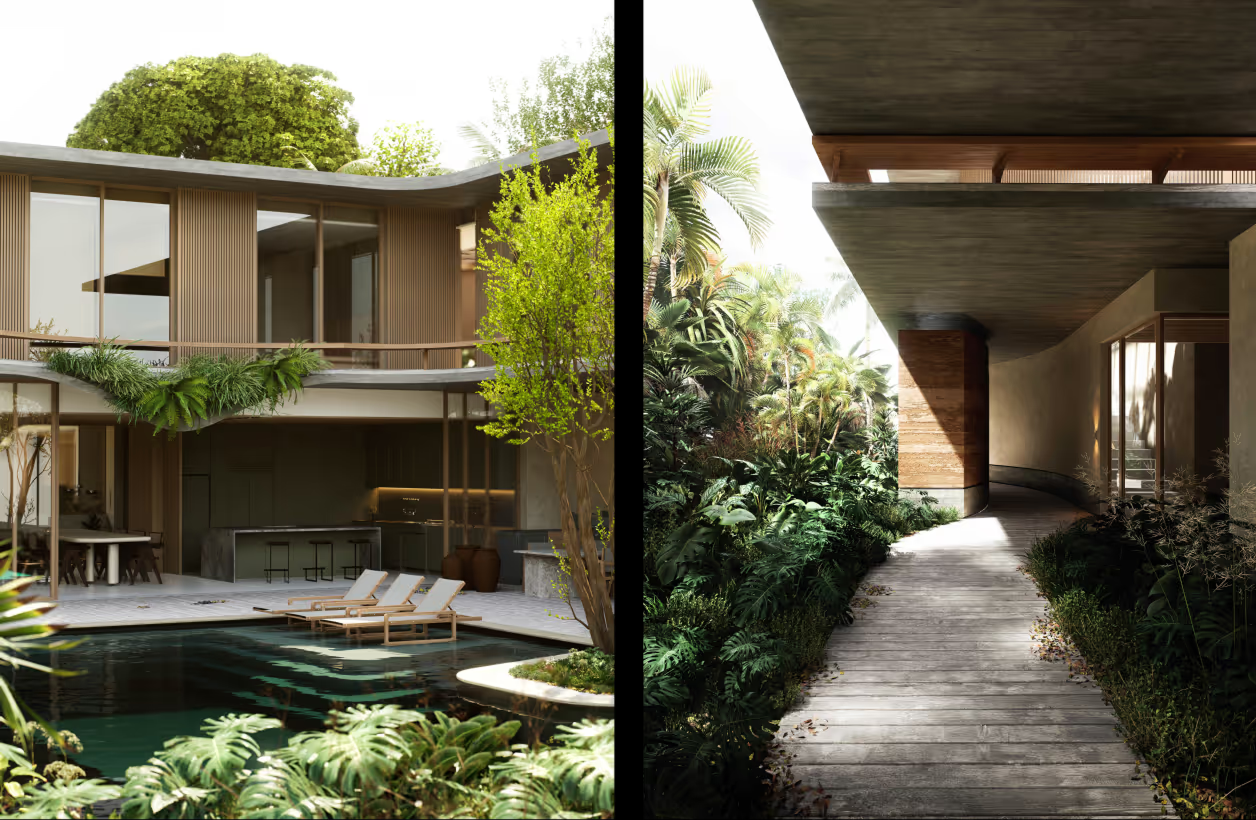


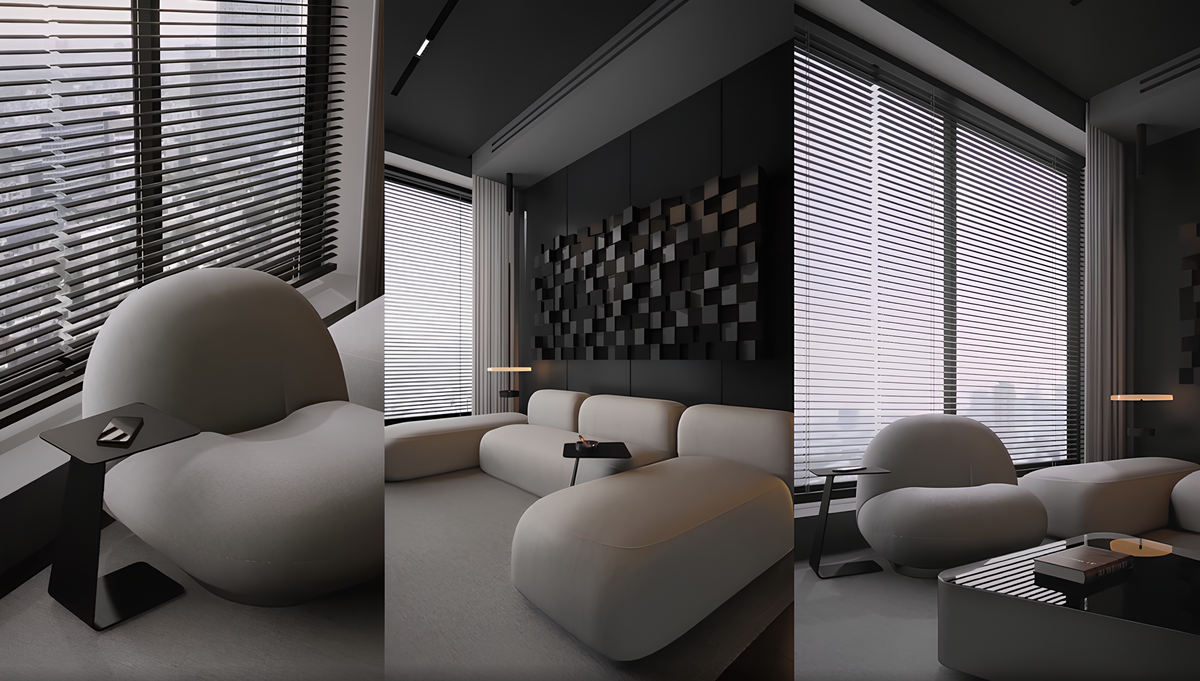




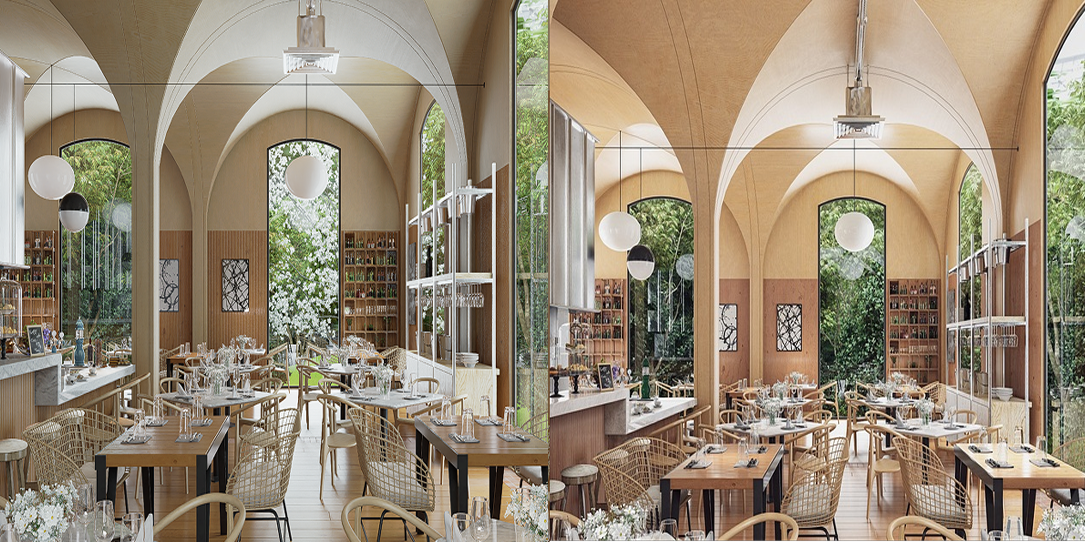
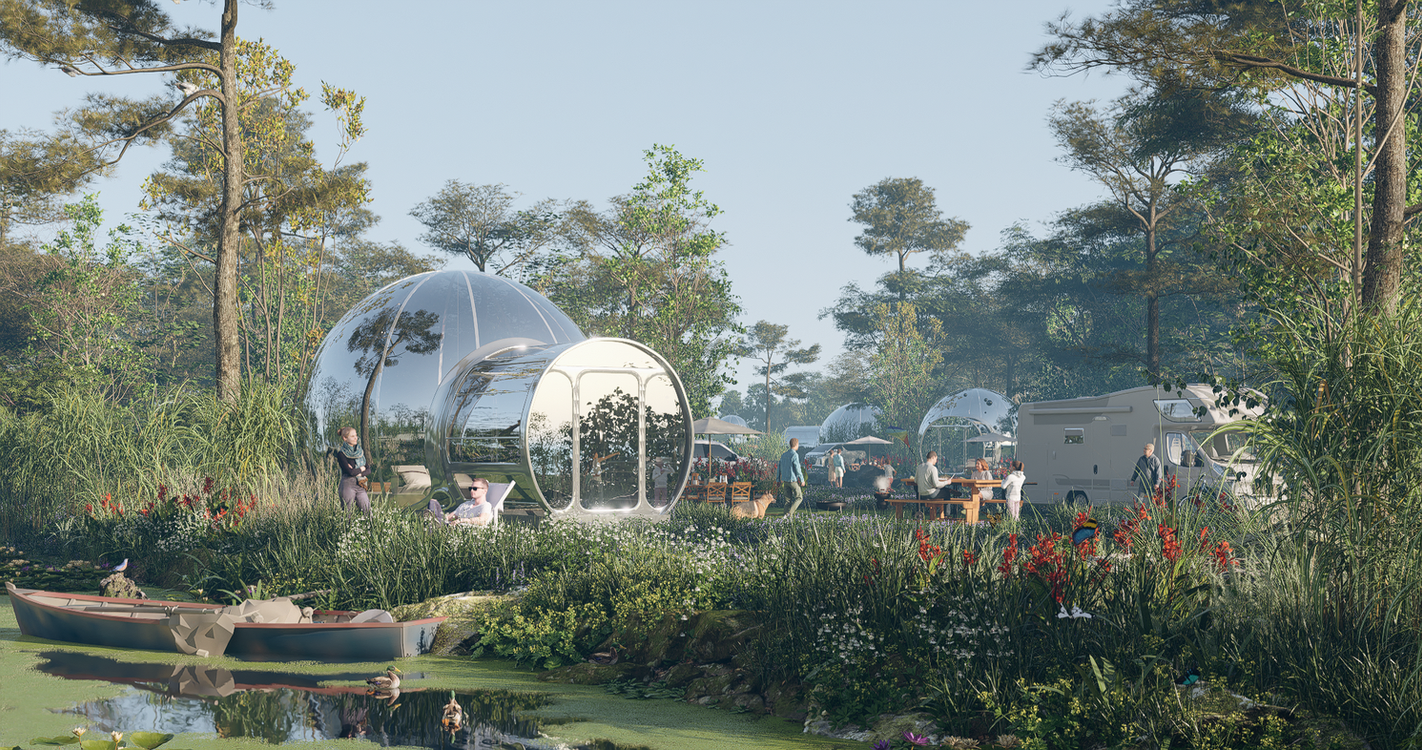
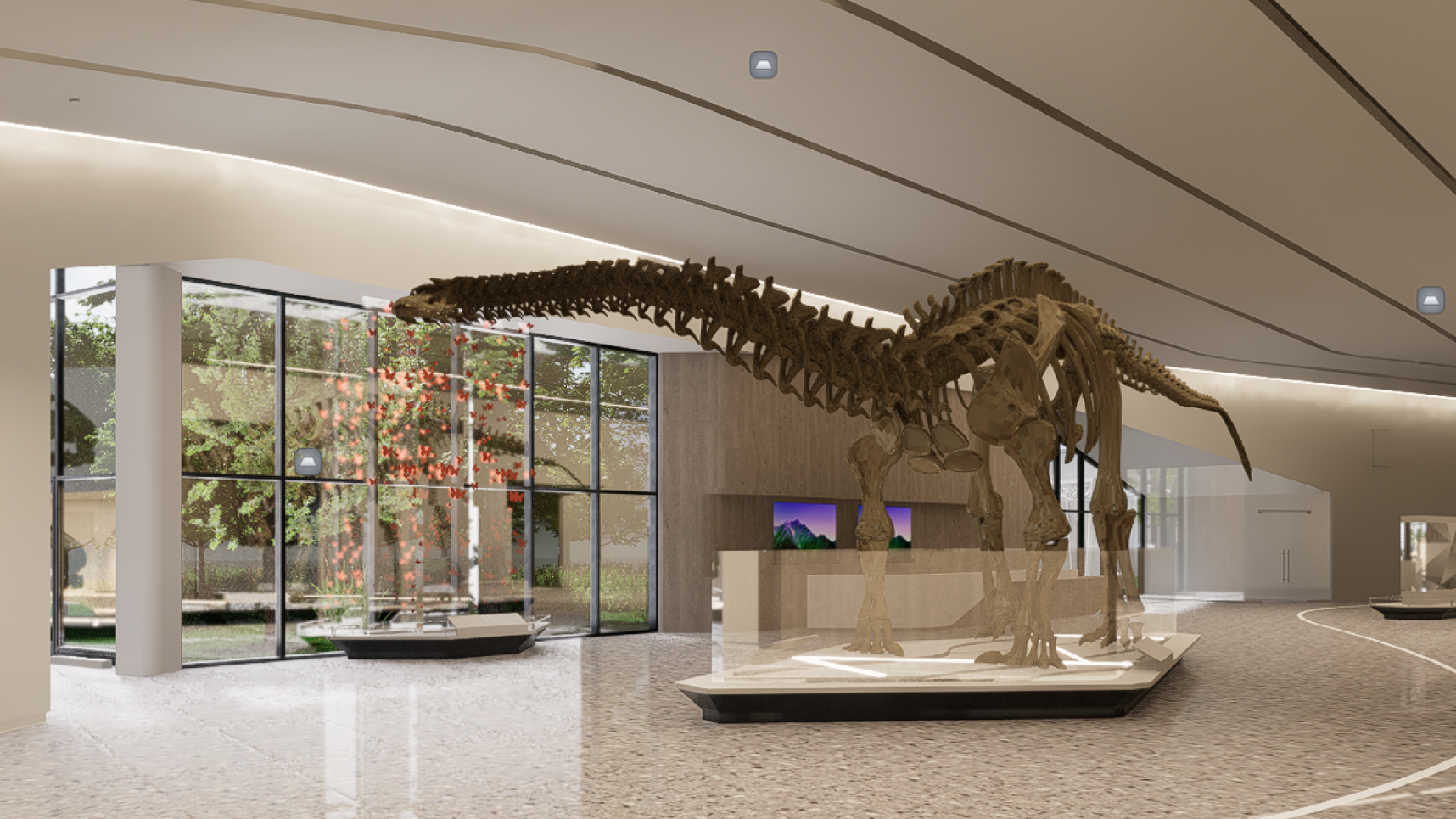
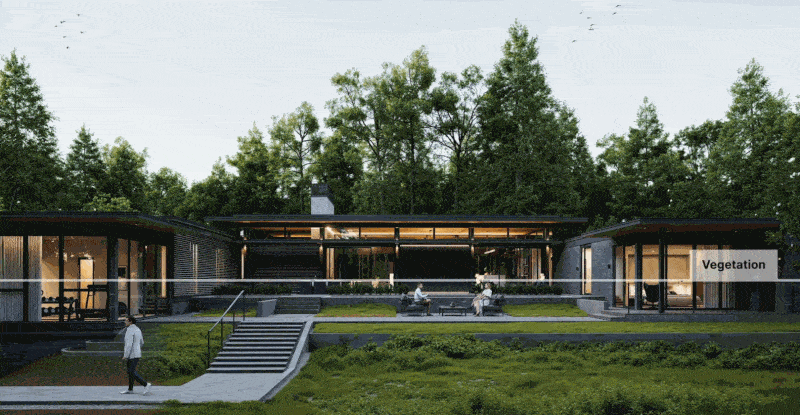
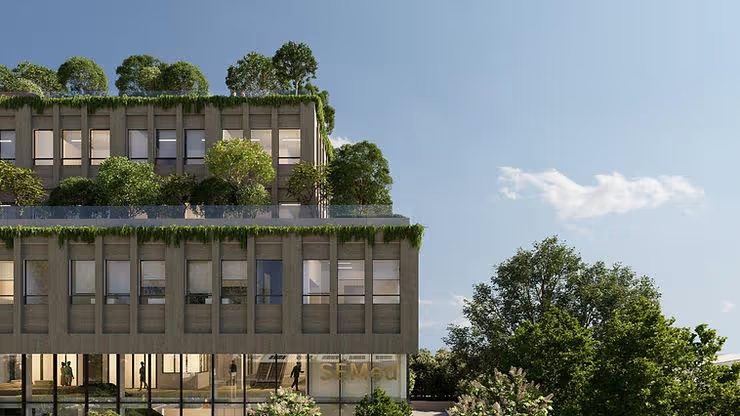
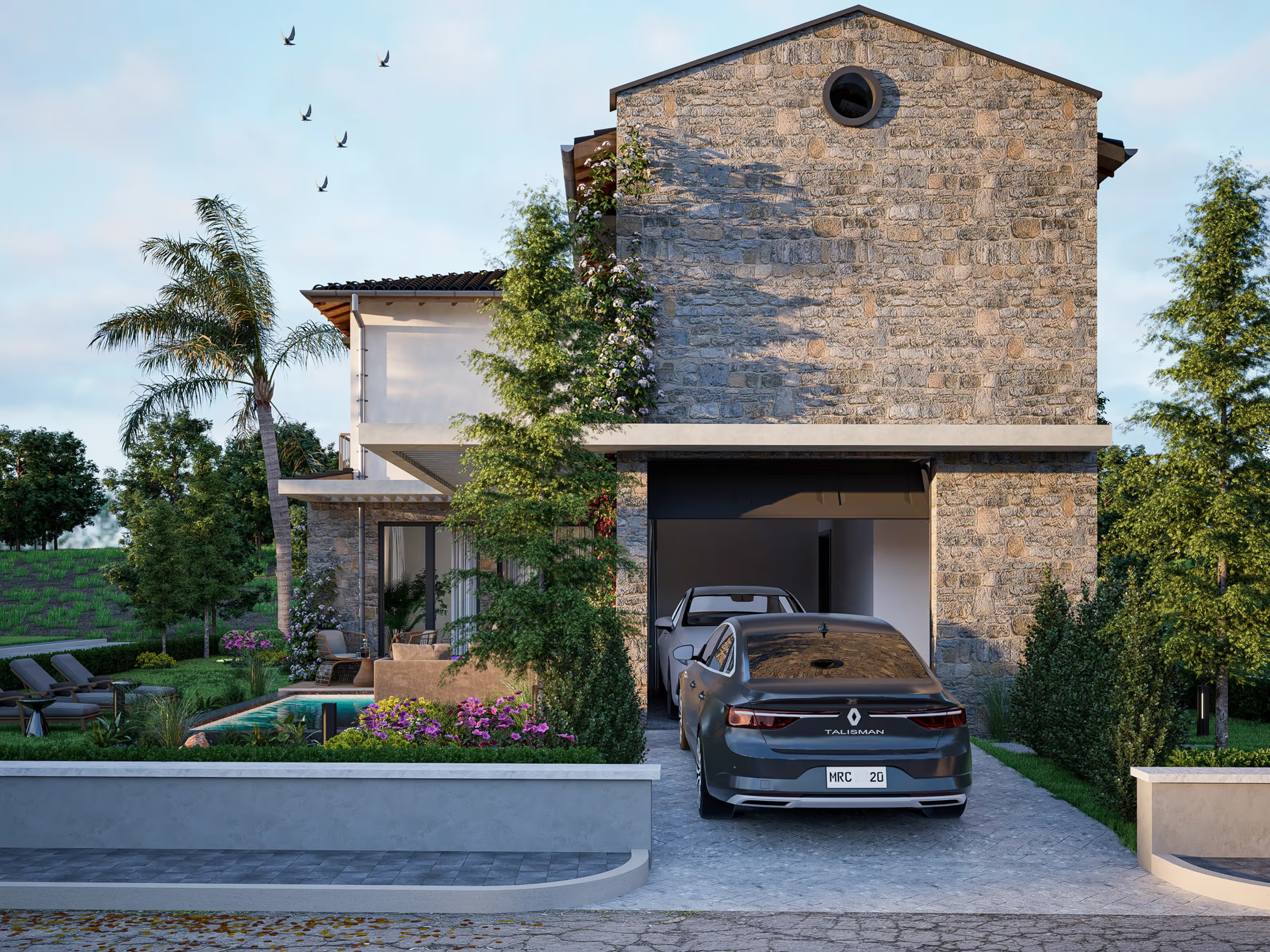

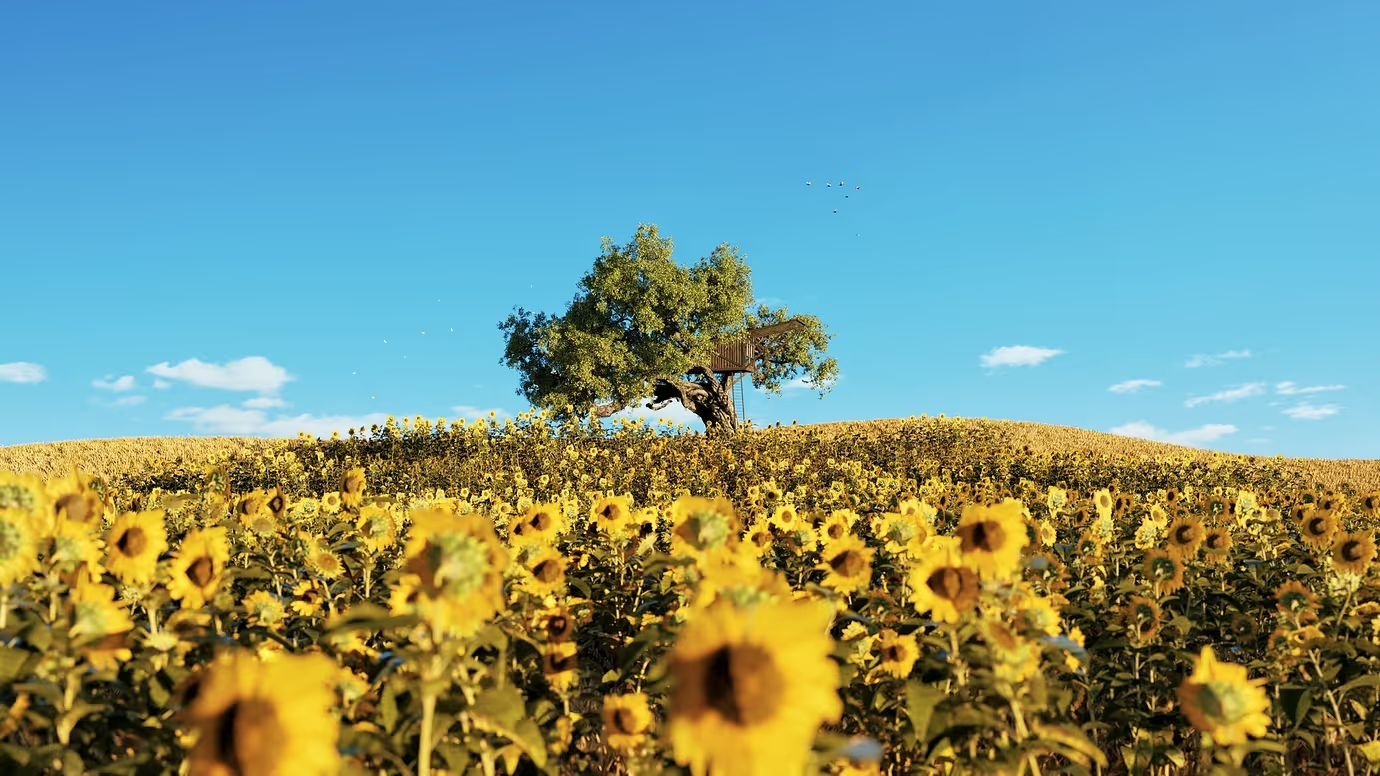

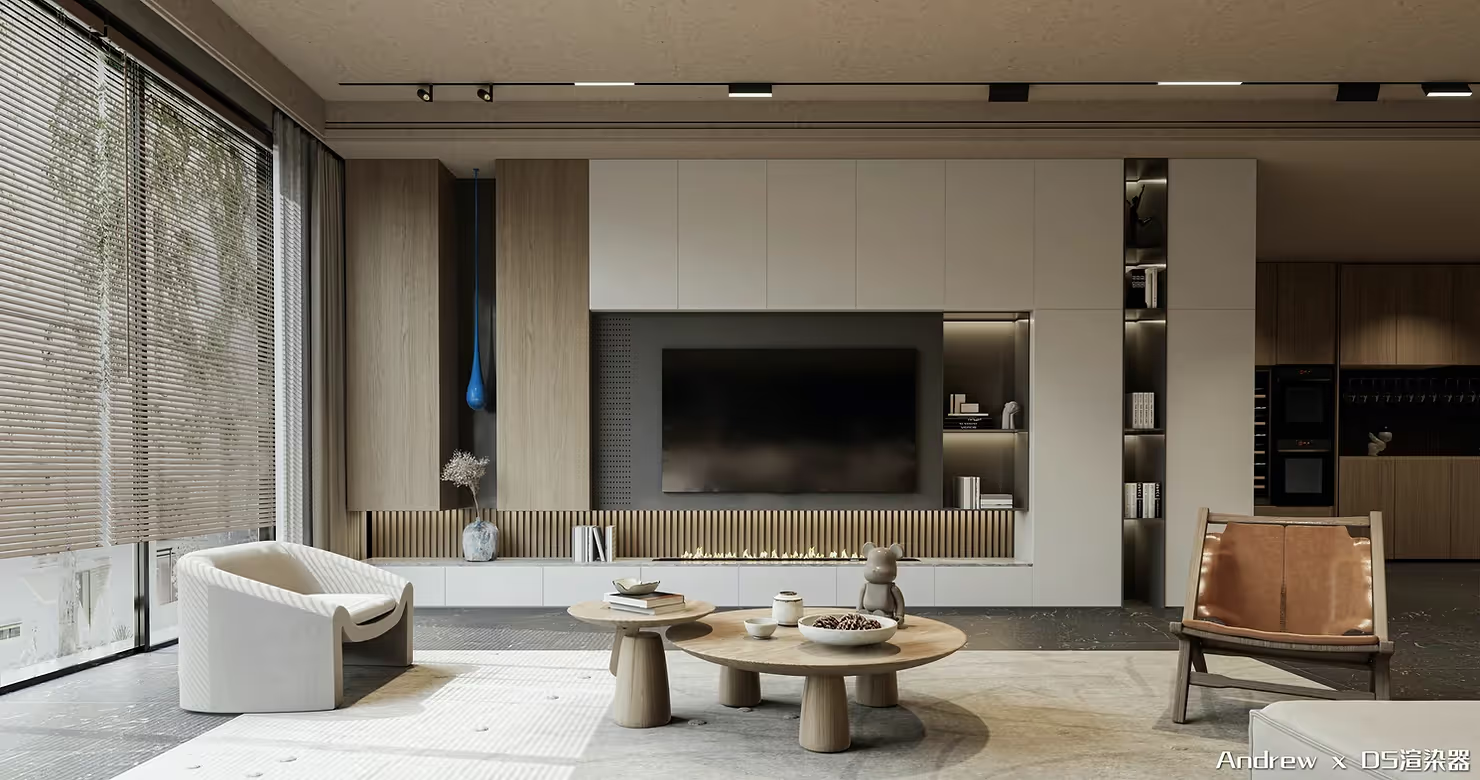
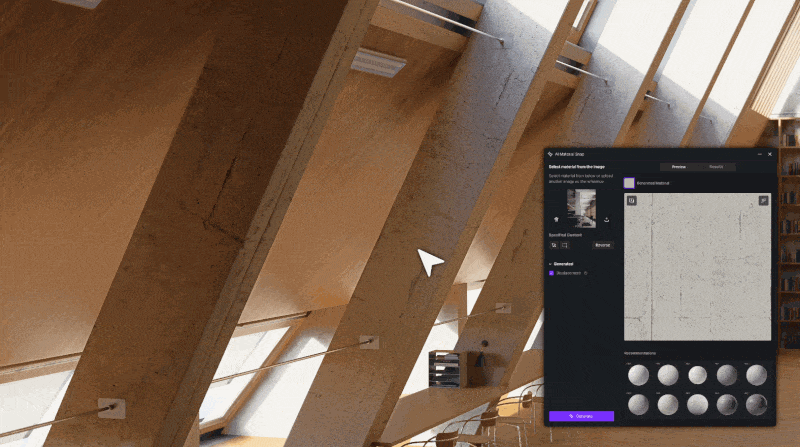
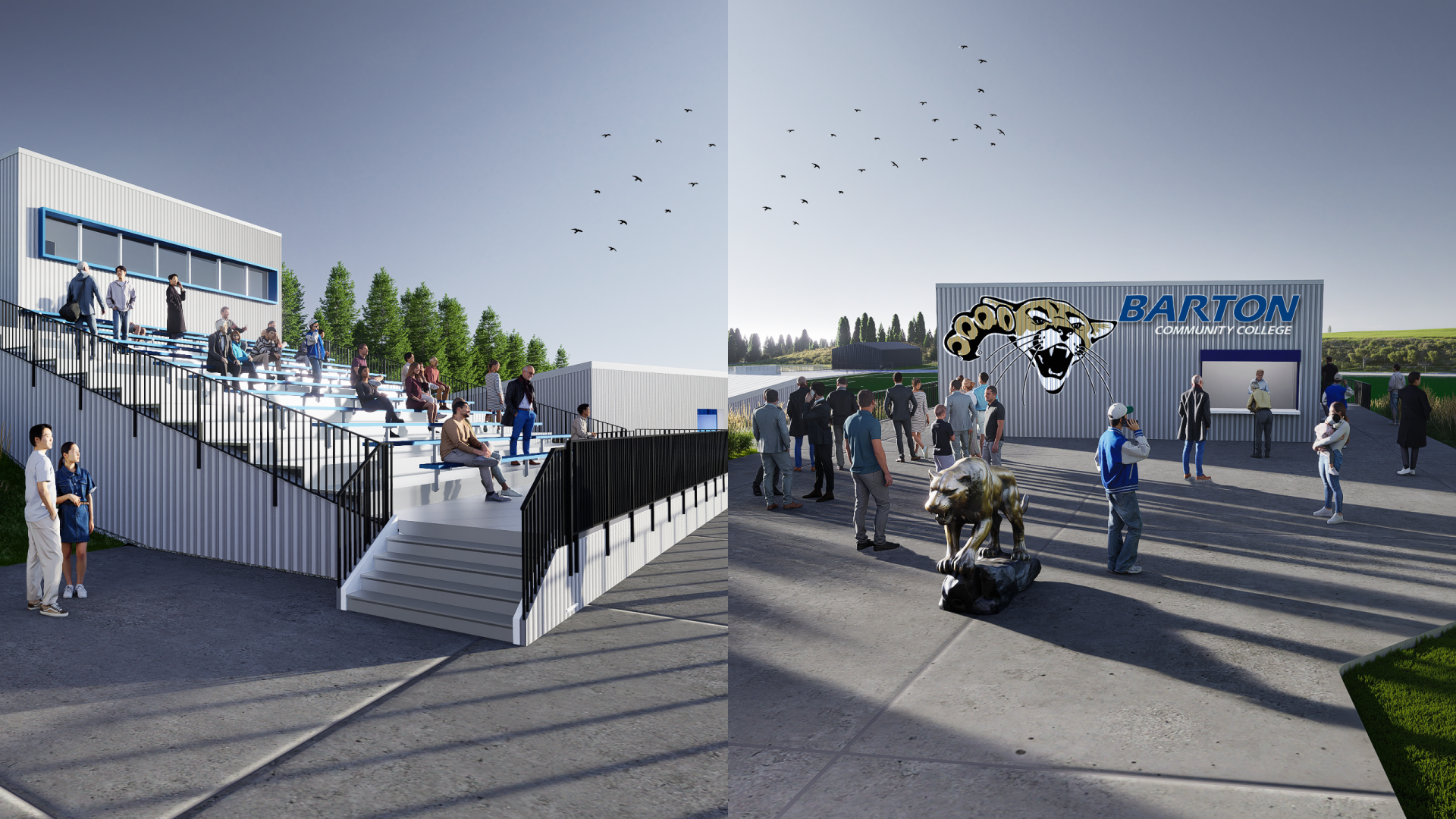




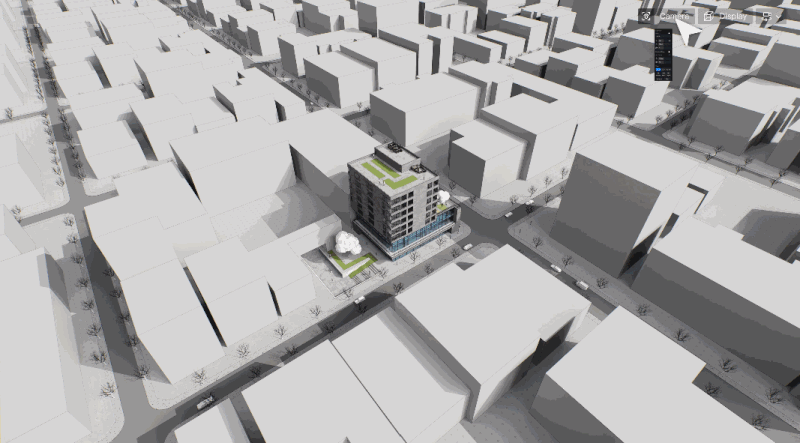

.png)
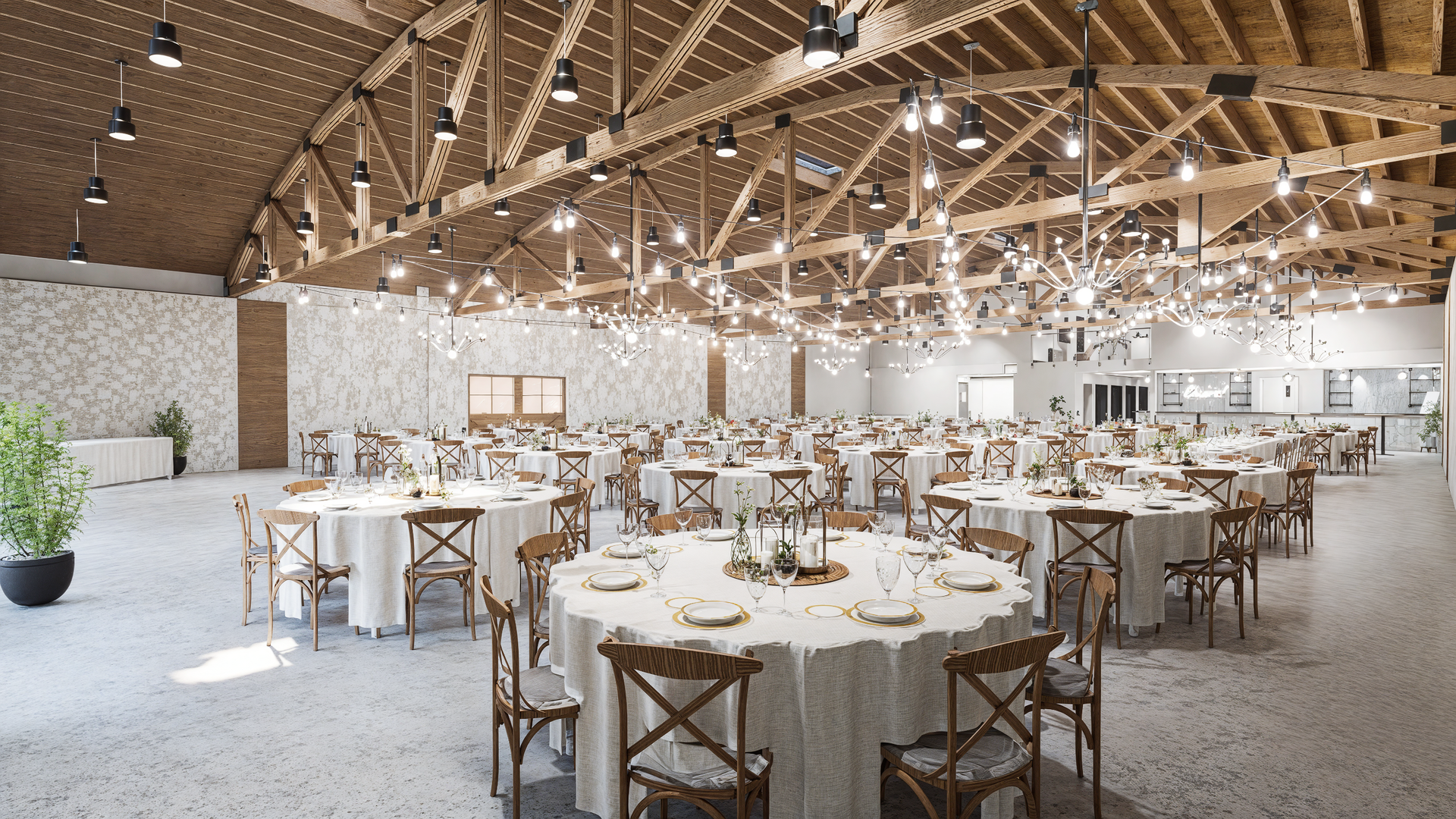
.png)


